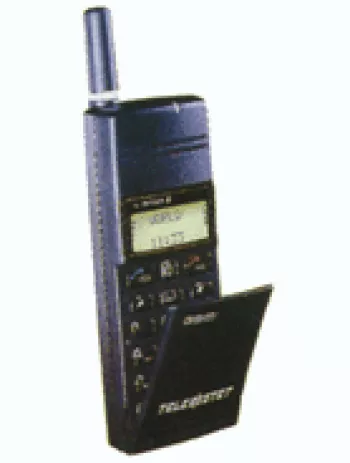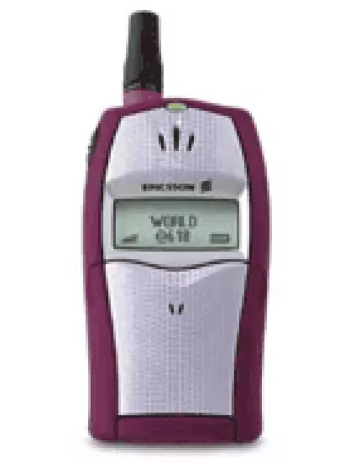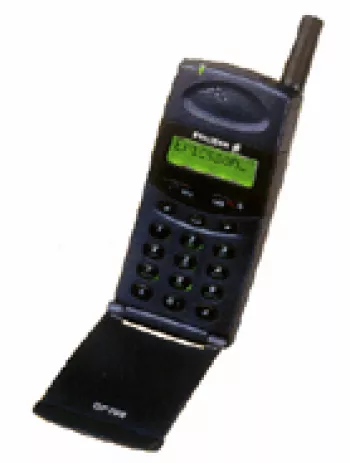
Introduction to the Ericsson T18s
The Ericsson T18s was a GSM mobile phone released at the tail end of the 1990s, specifically announced in 1999. As a feature phone of its era, the T18s offered users essential mobile connectivity without the complexity of modern smartphones. The device was a beloved part of Ericsson's lineup, appealing to users who desired a straightforward communication tool.
Design and Build
The Ericsson T18s was designed with practicality in mind. It measured 105 x 49 x 24 mm, making it compact enough to fit comfortably in a pocket or purse. Weighing just 146 grams, it was lightweight compared to some of its contemporaries. The phone featured a monochrome graphic display, which supported a resolution of 101 x 33 pixels, accommodating up to 3 x 12 characters on its screen. The design of the T18s was sturdy, characterized by a durable casing, available in three different colors, catering to the simple aesthetic preferences of its users.
Display
The display of the Ericsson T18s utilized a monochrome graphic screen. Although it lacked the vibrancy of color screens that would become popular in later years, it was sufficient for reading text, navigating through menus, and composing messages. The resolution of 101 x 33 pixels was standard for feature phones at the time, providing clear and legible display outputs appropriate for its intended functions.
Network and Connectivity
In terms of network capabilities, the Ericsson T18s operated on GSM technology and supported dual-band frequencies of GSM 900/1800, which were widely used in many parts of the world during its time of release. While it did not feature advanced connectivity options such as GPRS or EDGE, which enabled data transfer in later devices, the T18s sufficed for fundamental voice calls and text messaging.
Features and Functionality
The Ericsson T18s came with a selection of essential features designed to cater to everyday communication needs. While it lacked a camera and Internet browsing capabilities, it supported standard SMS messaging and had intuitive functionalities like a built-in clock and alarm system. Notably absent were entertainment features such as games and Java support, reflecting its utilitarian design philosophy. Users could store up to 99 contacts in their phonebook, which was reasonably ample for personal use at the time.
Sound and Alerts
Sound capabilities on the Ericsson T18s included vibration alerts and monophonic ringtones. It also supported a ringtone composer function, allowing users to create their own tones. However, it did not possess a loudspeaker or a 3.5mm headphone jack, which limited its audio functionality. The alerts were suitable for notifying users of incoming calls and messages.
Battery and Performance
Powering the Ericsson T18s was a removable NiMH 750 mAh battery. It offered a standby time of approximately 100 hours and a talk time of around 4 hours. While these figures might seem modest by today's standards, they were competitive for the time, ensuring users could rely on their phones for daily use without frequent recharging.
Miscellaneous Features
Additional features of the Ericsson T18s included support for 24 languages, catering to a diverse range of users globally. However, it lacked advanced sensors and positioning technologies found in modern phones, reflecting its focus on basic functionality rather than advanced features.
Conclusion
The Ericsson T18s is a testament to simplicity and function in the world of mobile telephony. While it may lack the bells and whistles of modern smartphones, it provided a reliable and straightforward means of communication for its users at the time. Its robust design, coupled with basic features, made it a practical choice for those who wanted a no-nonsense mobile phone. The T18s remains a symbol of the transitional phase in mobile technology, bridging the gap between early mobile phones and the feature-rich phones that would soon follow.
Key Features of Ericsson T18s
- GSM technology with support for GSM 900 / 1800 bands.
- Compact dimensions: 105 x 49 x 24 mm.
- Lightweight with a weight of 146 g.
- Monochrome graphic display with a resolution of 101 x 33 pixels.
- Phonebook capacity of 99 entries.
- Features vibration and monophonic ringtones with a composer.
- Supports SMS messaging.
- Includes clock and alarm functions.
- Offers support for 24 languages.
- Removable NiMH 750 mAh battery.
- Stand-by time of up to 100 hours and talk time of up to 4 hours.
- Available in 3 colors.
Drawbacks of Ericsson T18s
- No GPRS or EDGE support for data connectivity.
- Discontinued status, meaning no longer supported or manufactured.
- Uses a Mini-SIM which is outdated compared to modern SIM types.
- Monochrome graphic display with very low resolution.
- No memory card slot for storage expansion.
- Limited phonebook capacity, only stores up to 99 contacts.
- No camera functionality.
- Does not have a loudspeaker.
- Lacks a 3.5mm headphone jack, limiting audio options.
- No wireless connectivity options like WLAN or Bluetooth.
- Absence of a positioning system (GPS).
- No radio functionality.
- No USB port for connectivity with other devices.
- Limited to SMS for messaging, no internet browsing capability.
- No built-in games for entertainment.
- Non-support for Java applications.
- Relatively short battery standby time (100 hours) and talk time (4 hours).
View Also
More Phones
All Rights Reserved +14266 Phones © Mobilawy 2025
























